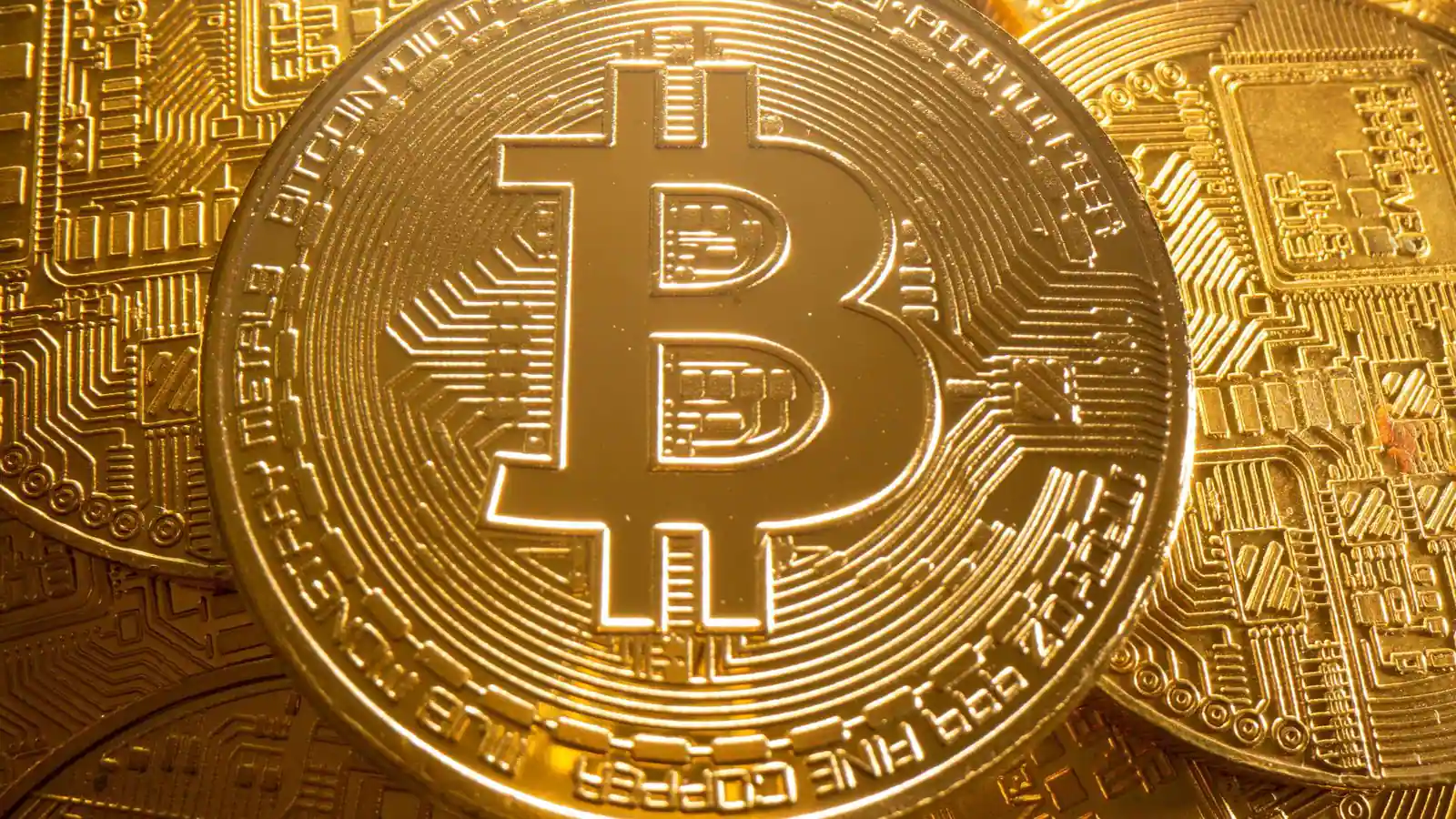On November 11, FTX, the third-largest digital asset trading platform in the cryptocurrency market, filed for bankruptcy and its CEO, Sam Bankman-Fried, stepped down from his position as chairman of the company. The flood of withdrawal requests from investors caused by distrust of the FTX token, FTT, has put the company in a critical situation: even Binance, which was willing to bail out, refused to do so after checking the status of accounts. Firm founded by Bankman-Fried.
FTX’s bankruptcy created uncertainty in the cryptocurrency market, which also saw how other “tokens” lost some of their value.
Other coins drop. Last week, Forbes published an article noting the value that some tokens lost over the past year: Binance’s BNB, -54%; OCD of OKX, -31%; UNI from Uniswap, -78%; Crypto.com’s CRO and FTX’s FTT, -97%. The North American magazine also noted that the inflated valuation tokens that were the source of FTX’s bankruptcy are still in circulation, suggesting that this could be the crash of the cryptocurrency market that saw how the price of bitcoin soared in less than a year. It fell 77%, according to Bank of America data quoted by Fortune.
And while it’s true that this isn’t the first time the market has recovered from a hit, the current situation adds more uncertainty than in the past.
Changing economic landscape. The rise in interest rates is affecting the cryptocurrency market, which has so far benefited from cheap money, as it makes financing more expensive and causes many investors to stop investing their money in high-risk assets like cryptocurrencies. what are known as ‘safe haven assets’, such as US debt. Additionally, as Joaquín Robles, an XTB analyst, explained to La Vanguardia, in an inflationary context, people are much more cautious about spending their money on risky investments. Also, cryptocurrency mining has become more expensive due to rising electricity prices caused by the energy crisis.
another bad news. On the other hand, as Singular Bank Head of Strategy Roberto Scholtes told Cadena Ser, FTX’s bankruptcy constitutes the “third ring of consecutive decline” that begins with the collapse of the Bitcoin price. The resounding fall of Terra’s symbol, Luna. Now, the crash of the stock market founded by Bankman-Fried is creating distrust among investors, especially institutional ones.
editing drums. Also, the bankruptcy of FTX strengthened the idea that the cryptocurrency market needs to be regulated somehow. This was stated last week by Brad Sherman, a Democrat congressman and chair of the Investor Protection and Capital Markets subcommittee, urging the SEC to take action “to end the gray area in regulatory terms in which the crypto industry operates”. He added that he would consider the option of drafting federal legislation with other members of Congress.
Biden’s word. In a statement released at the White House last week, the US president even thanked the FSB (Financial Stability Board) for advice included in a report on regulating the cryptocurrency market. He also added that it is necessary to raise public awareness of the risks involved in investing in such a volatile market.
trials. At the same time, the Federal Reserve Bank of New York, in collaboration with members of the banking industry, announced the first 12-week proof-of-concept (PoC) project for the digital dollar to validate what the operation could be. of a regulated digital currency platform that includes central banks among other players. The future is digital and traditional banking seems to be moving accordingly.
Picture: Behnam Norouzi / Picture












